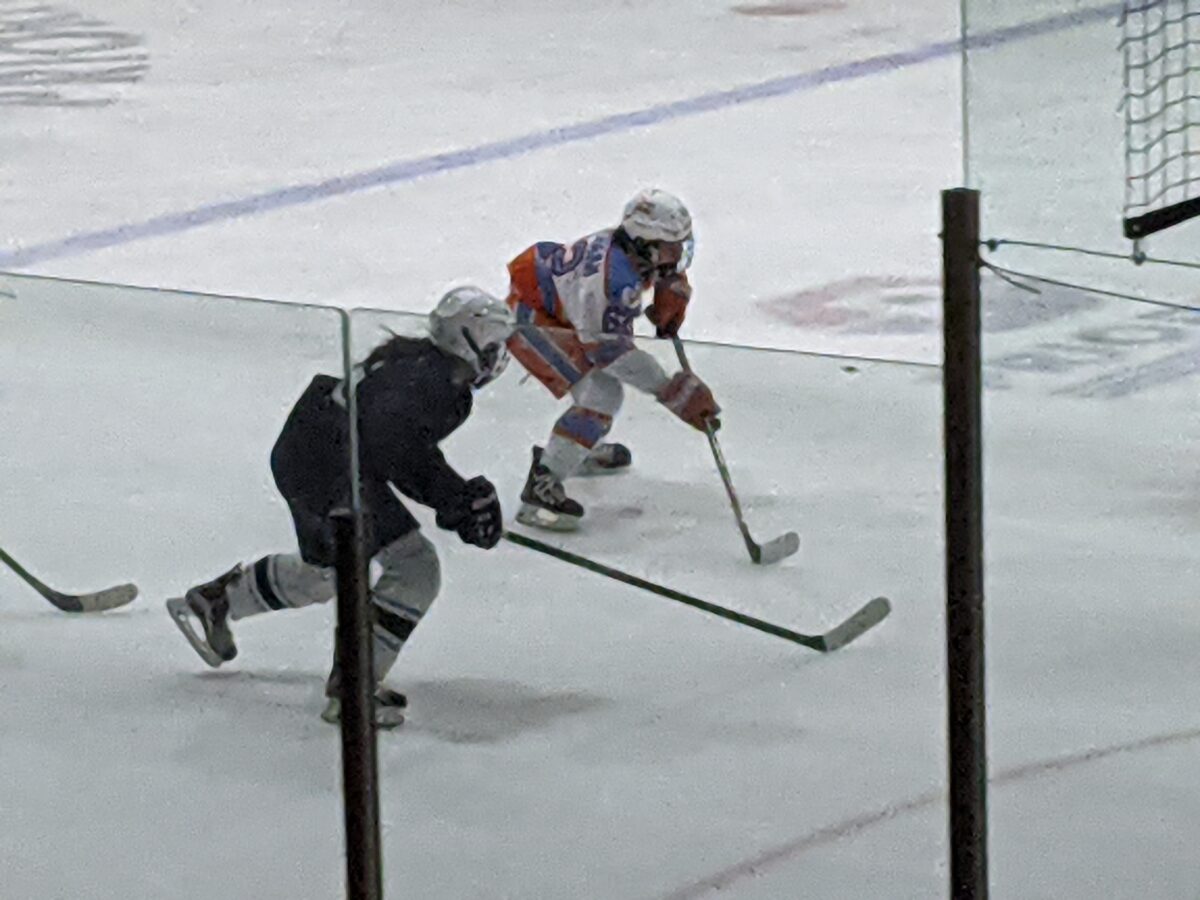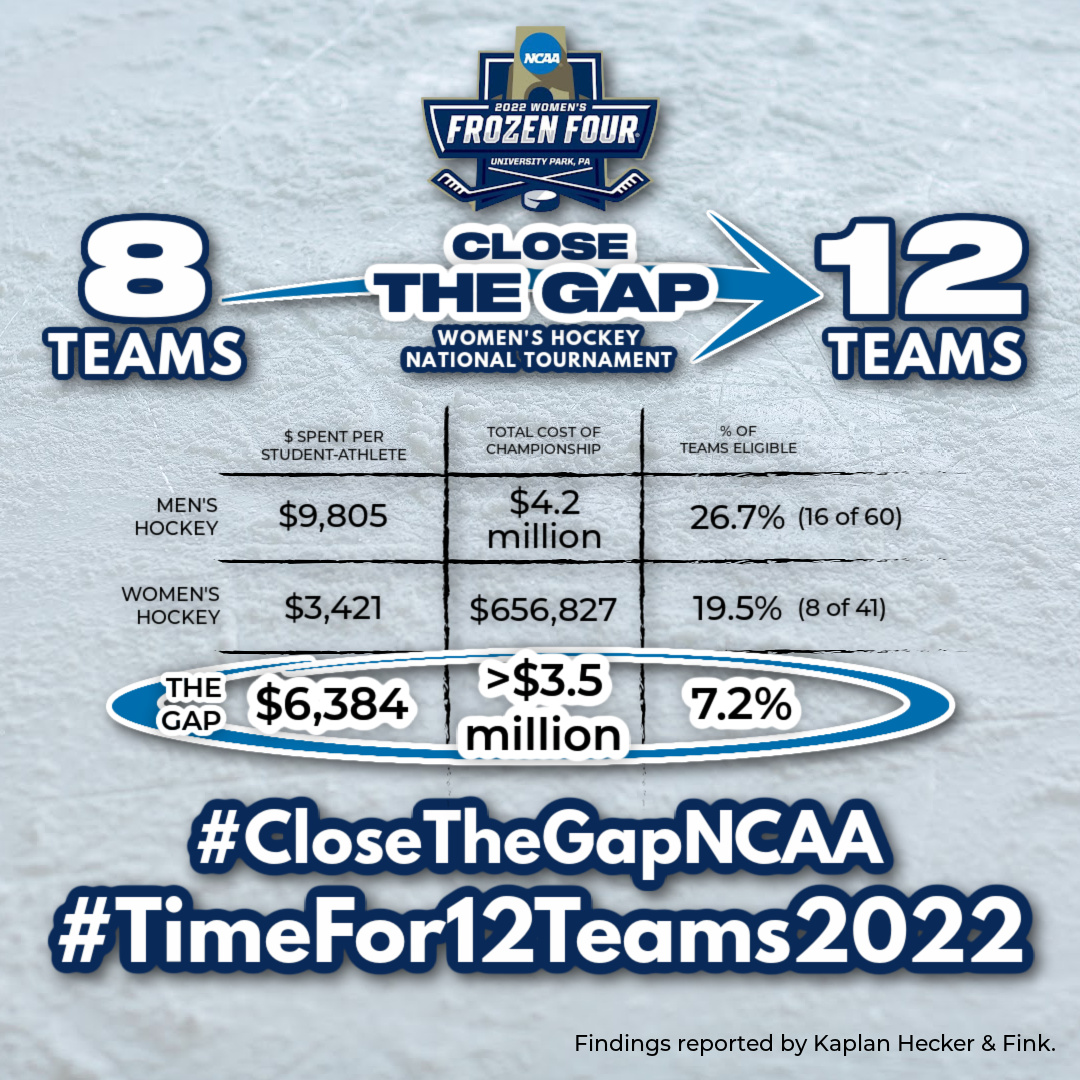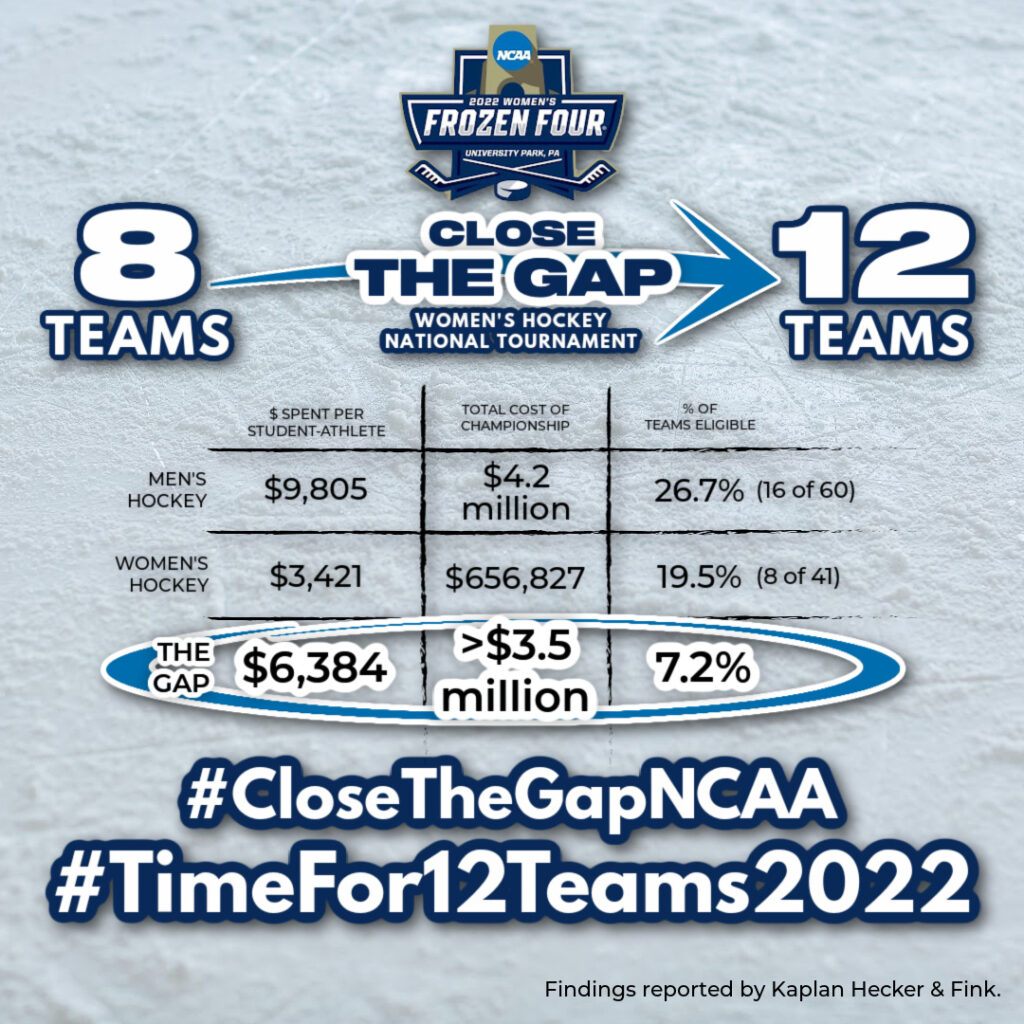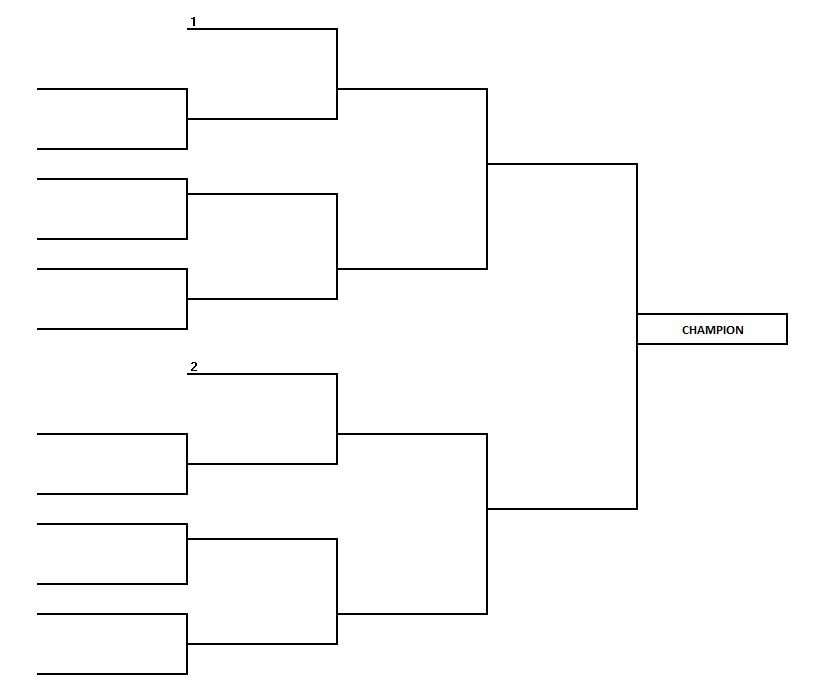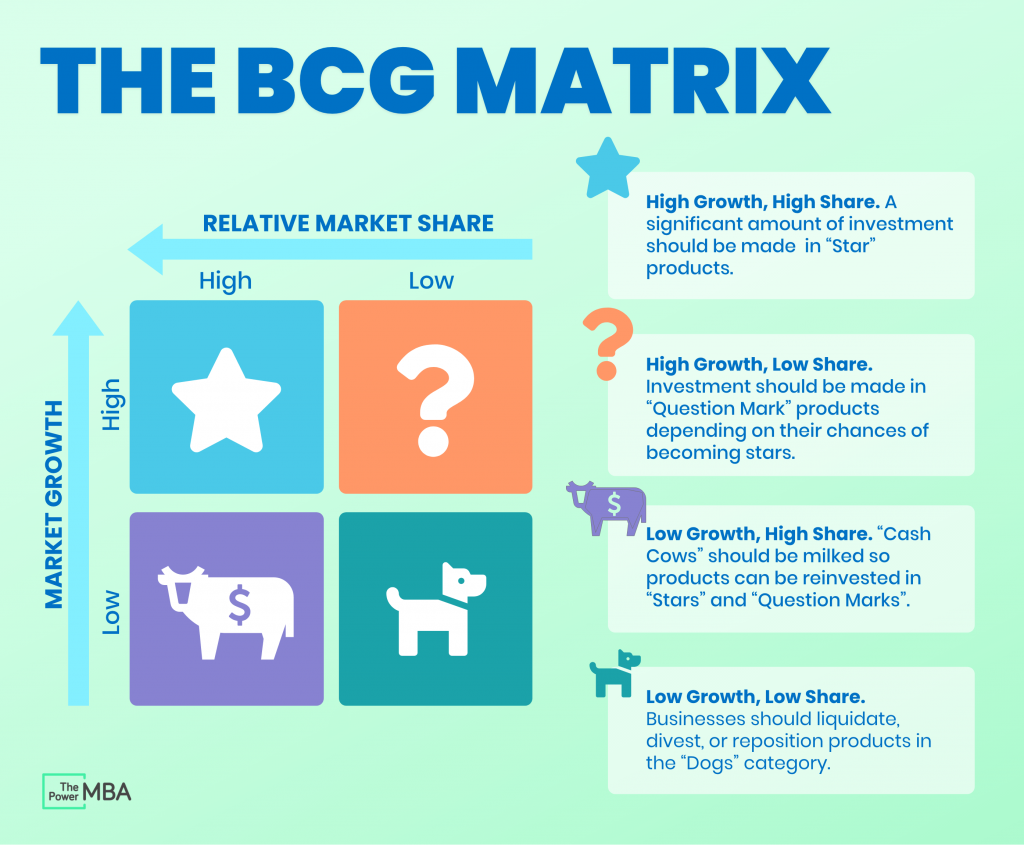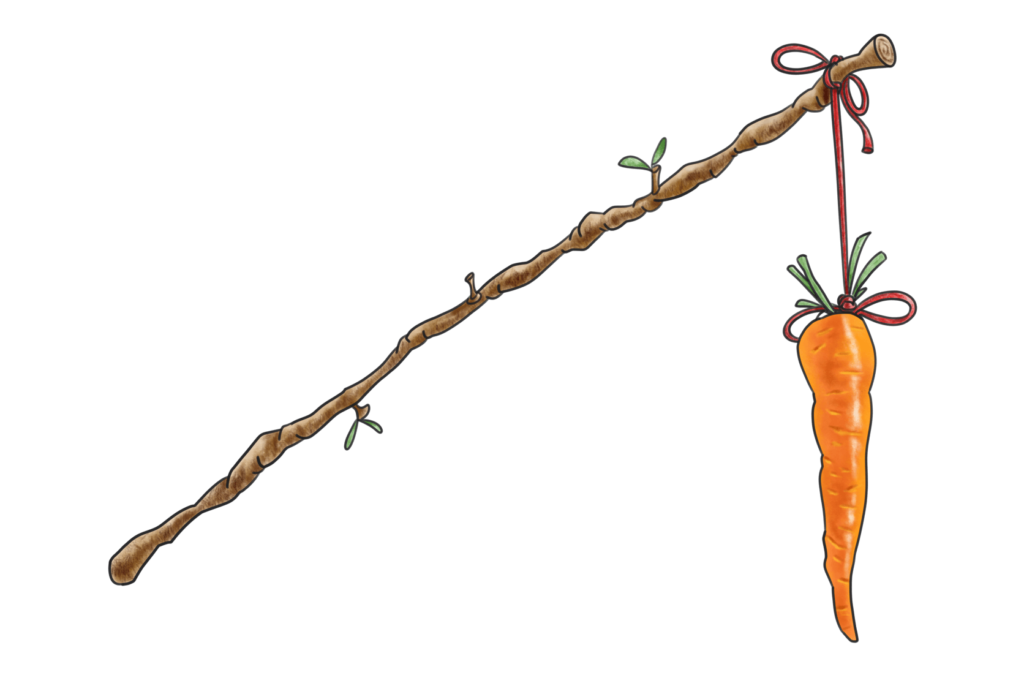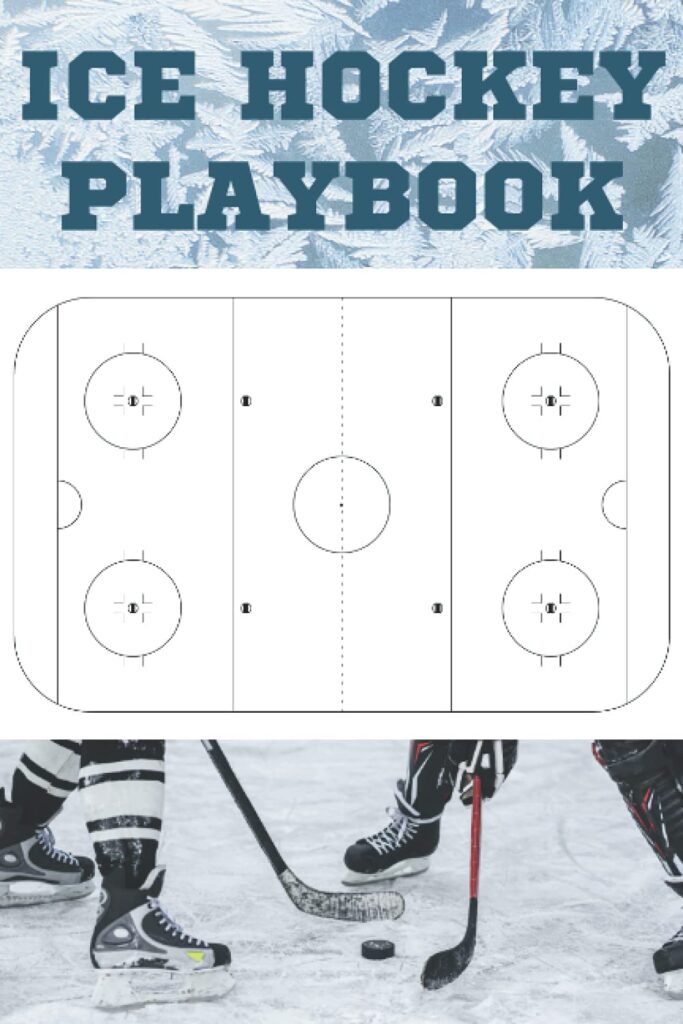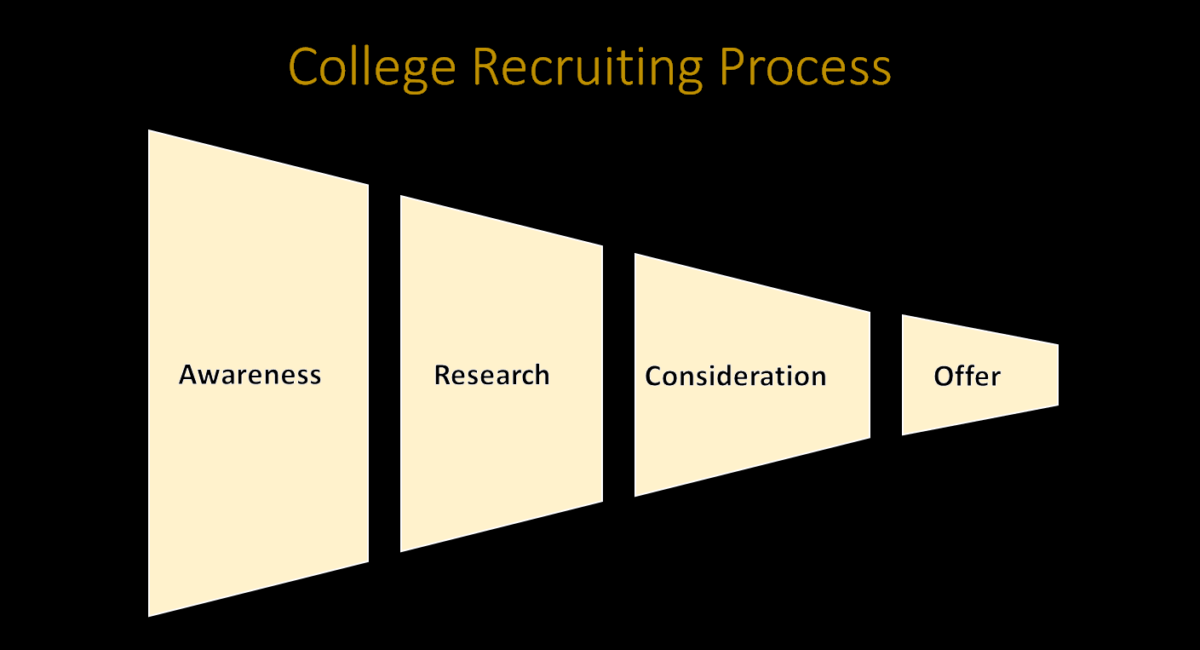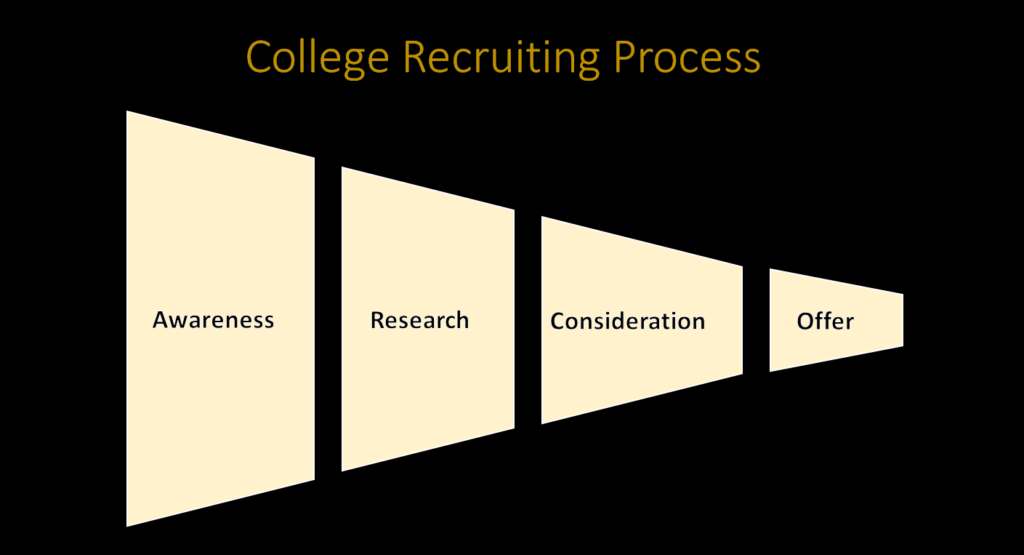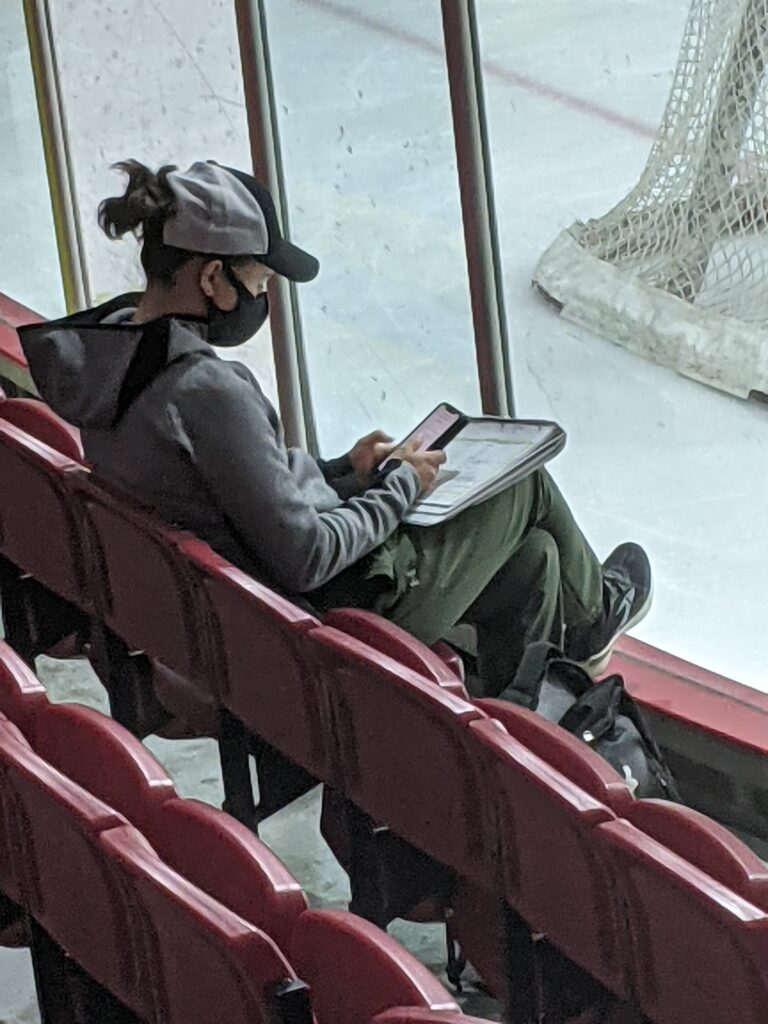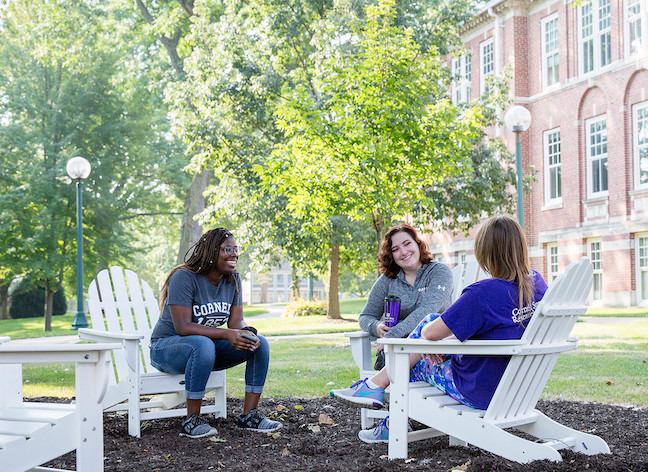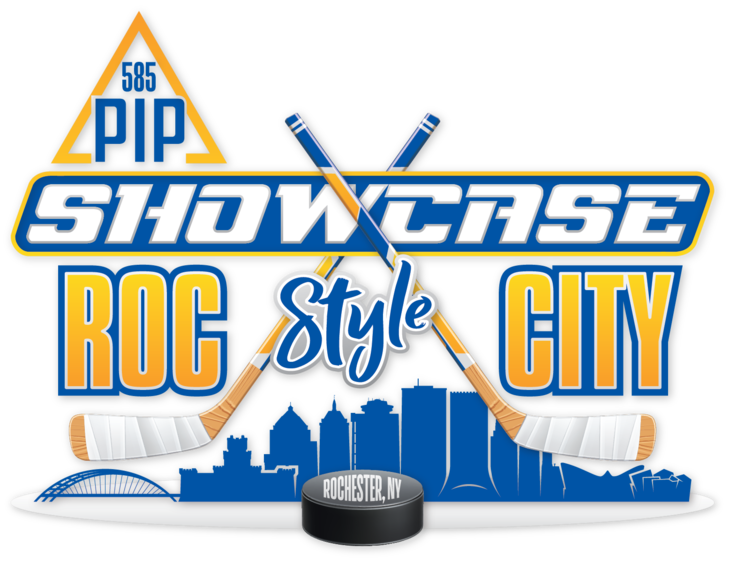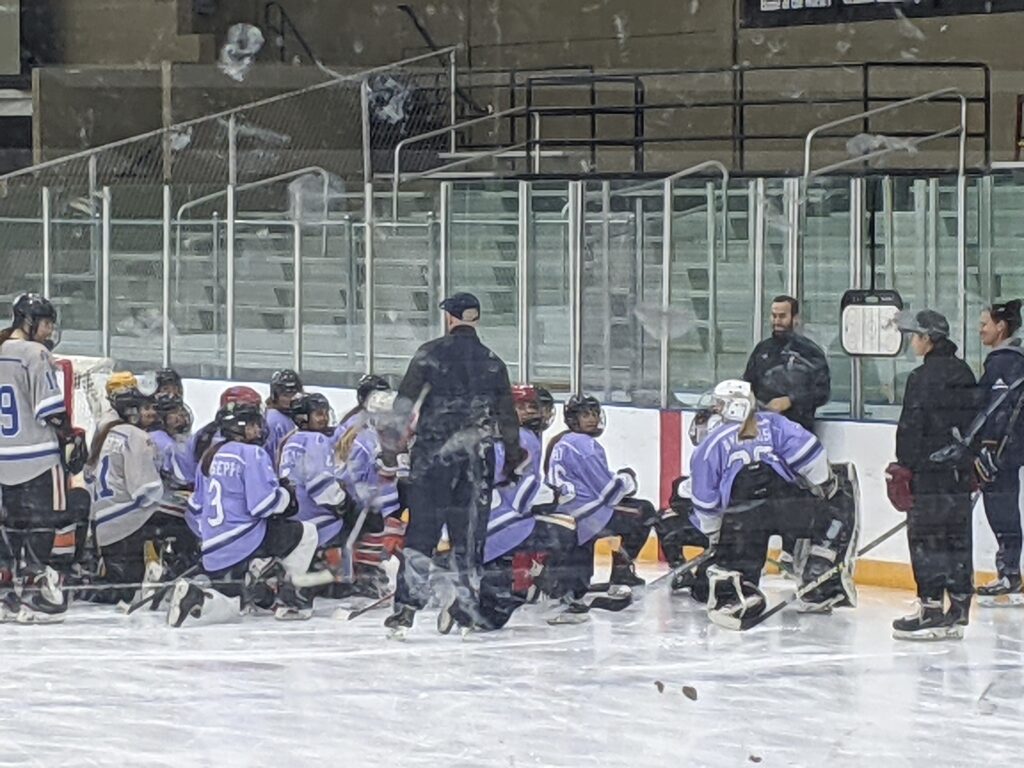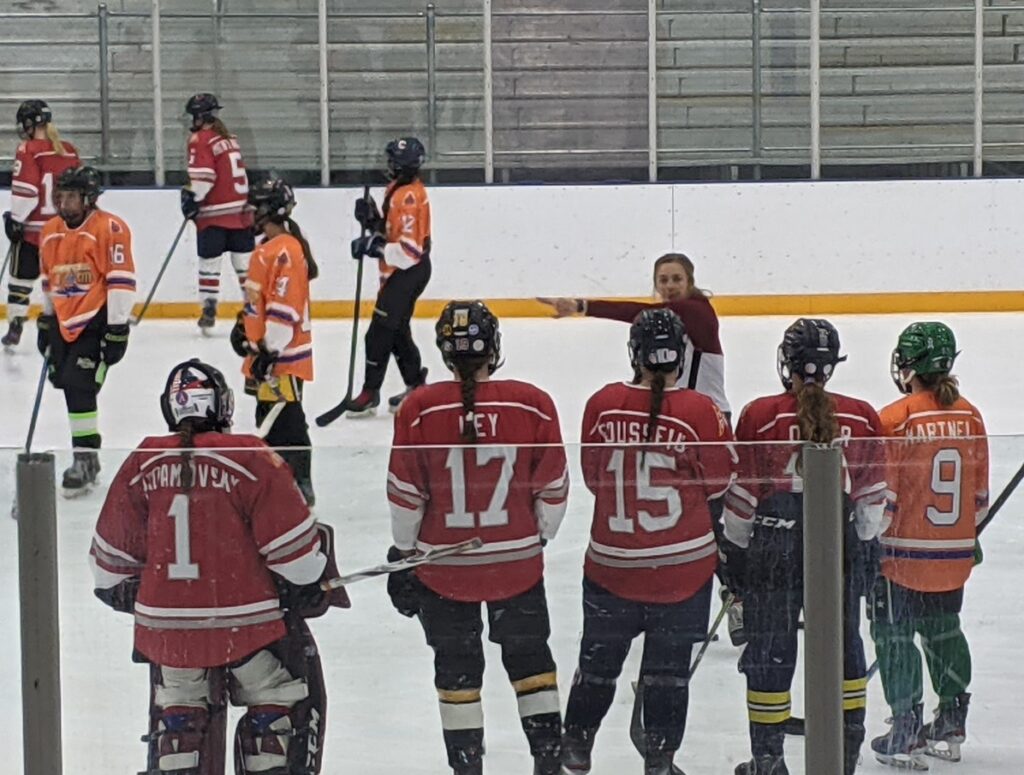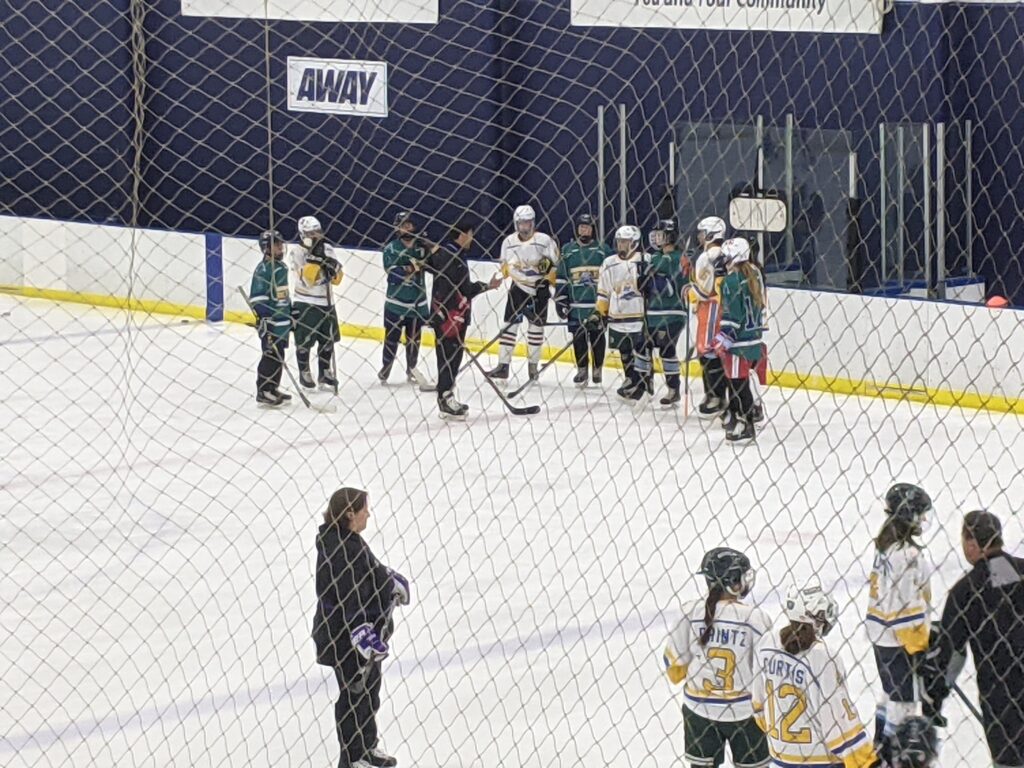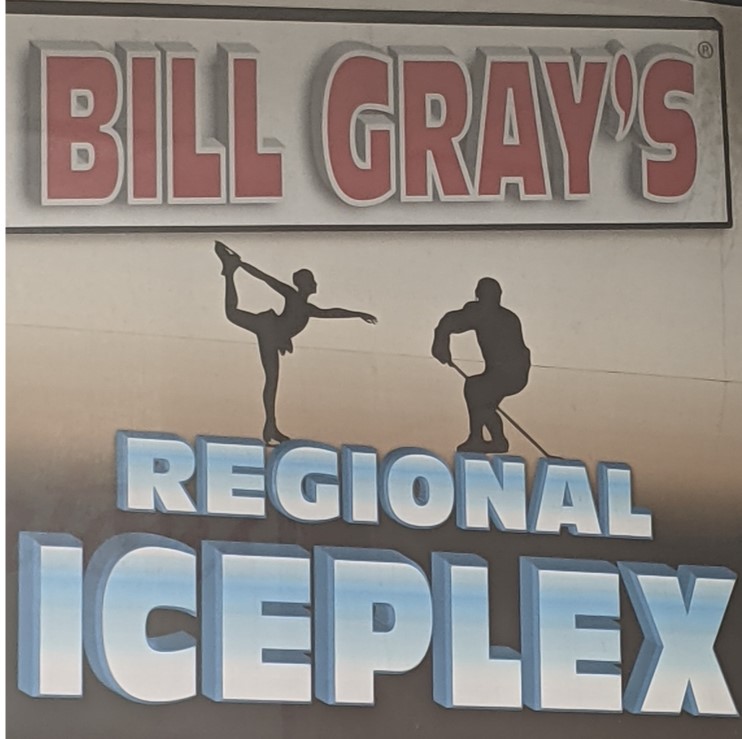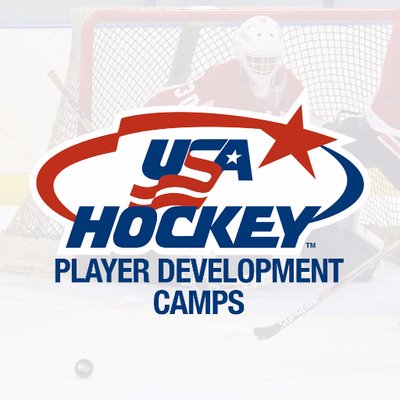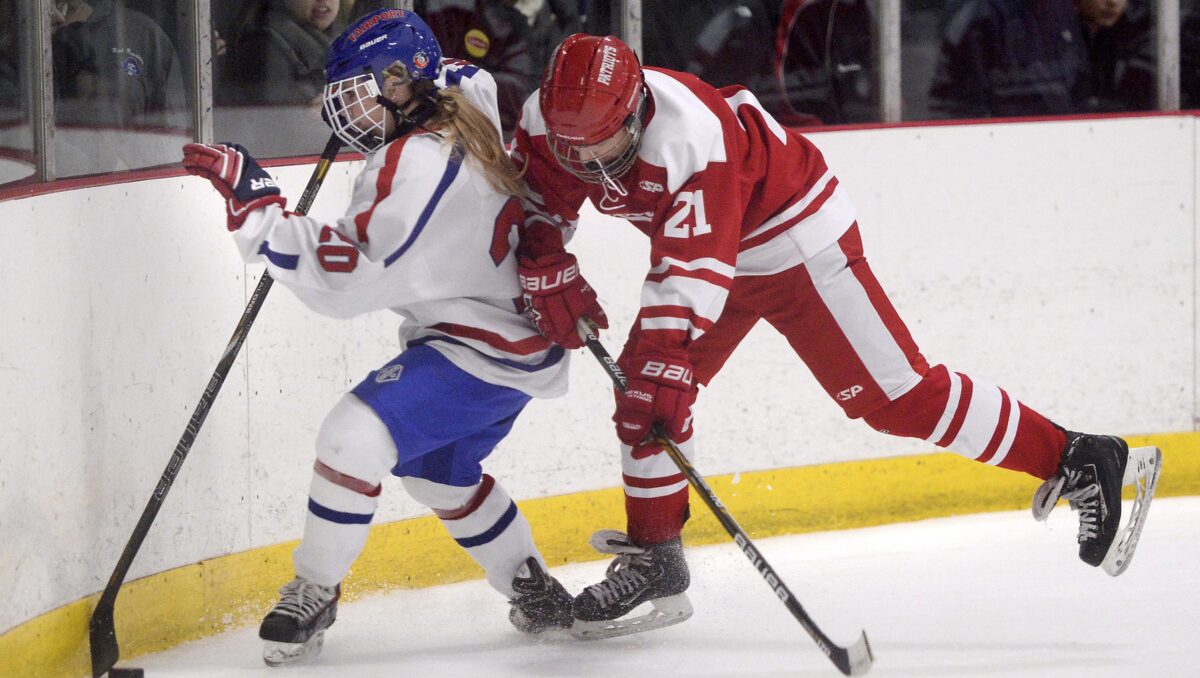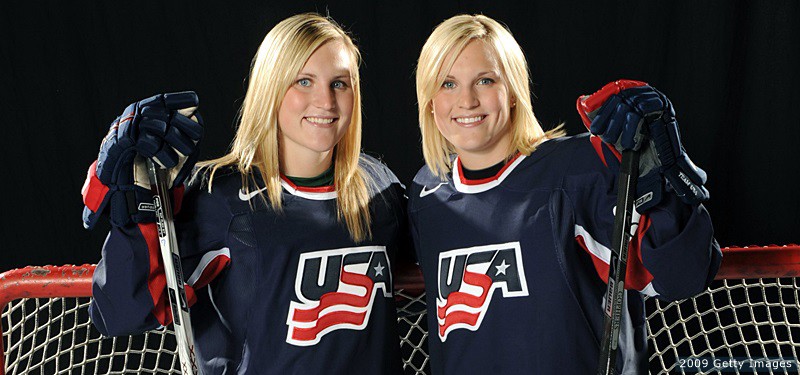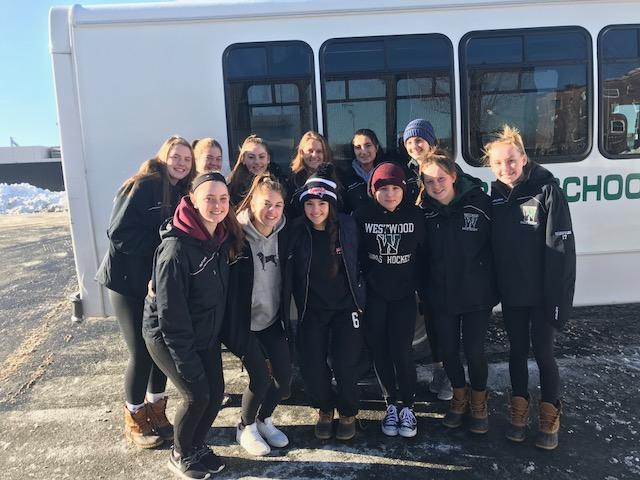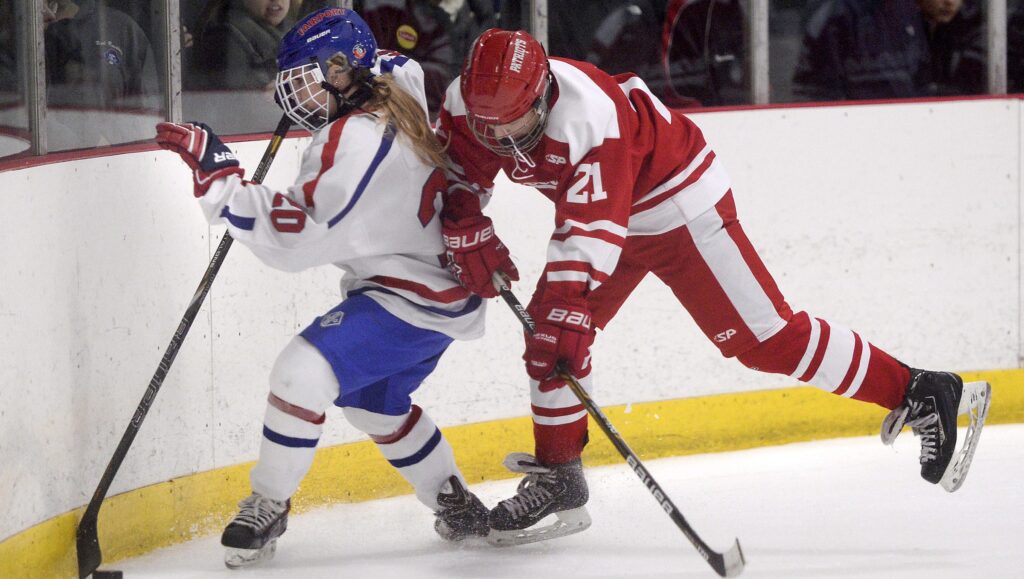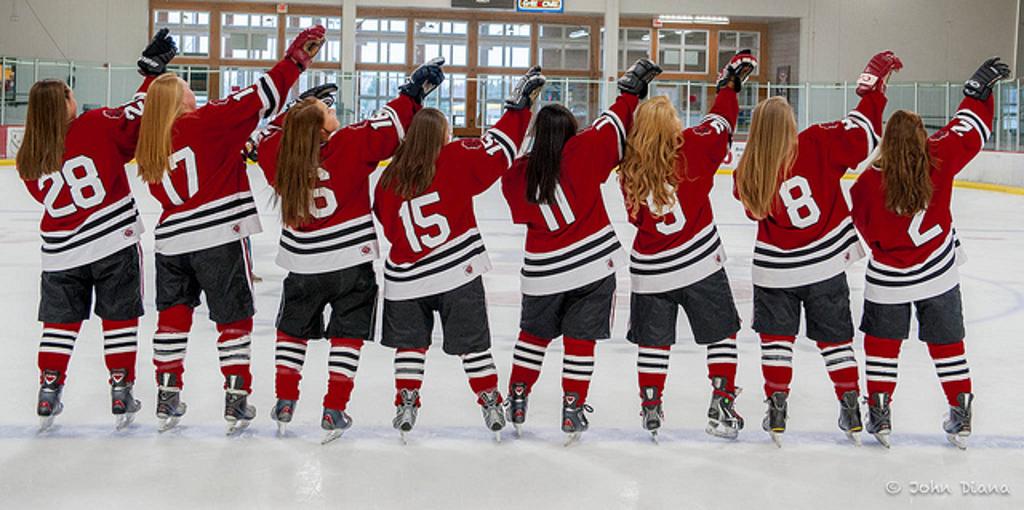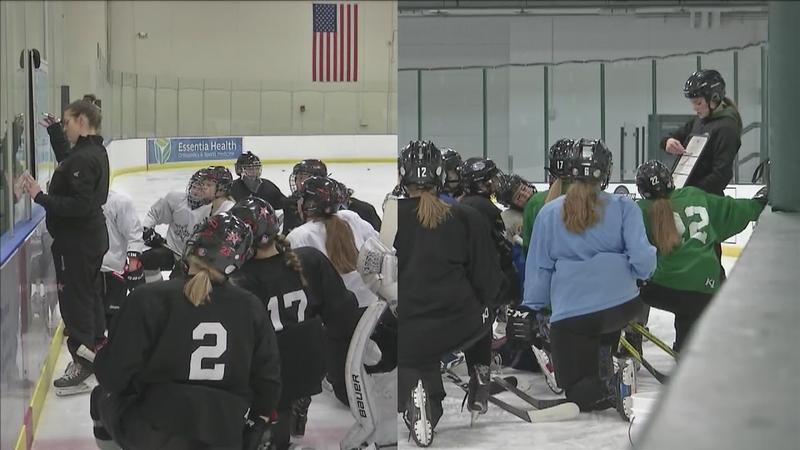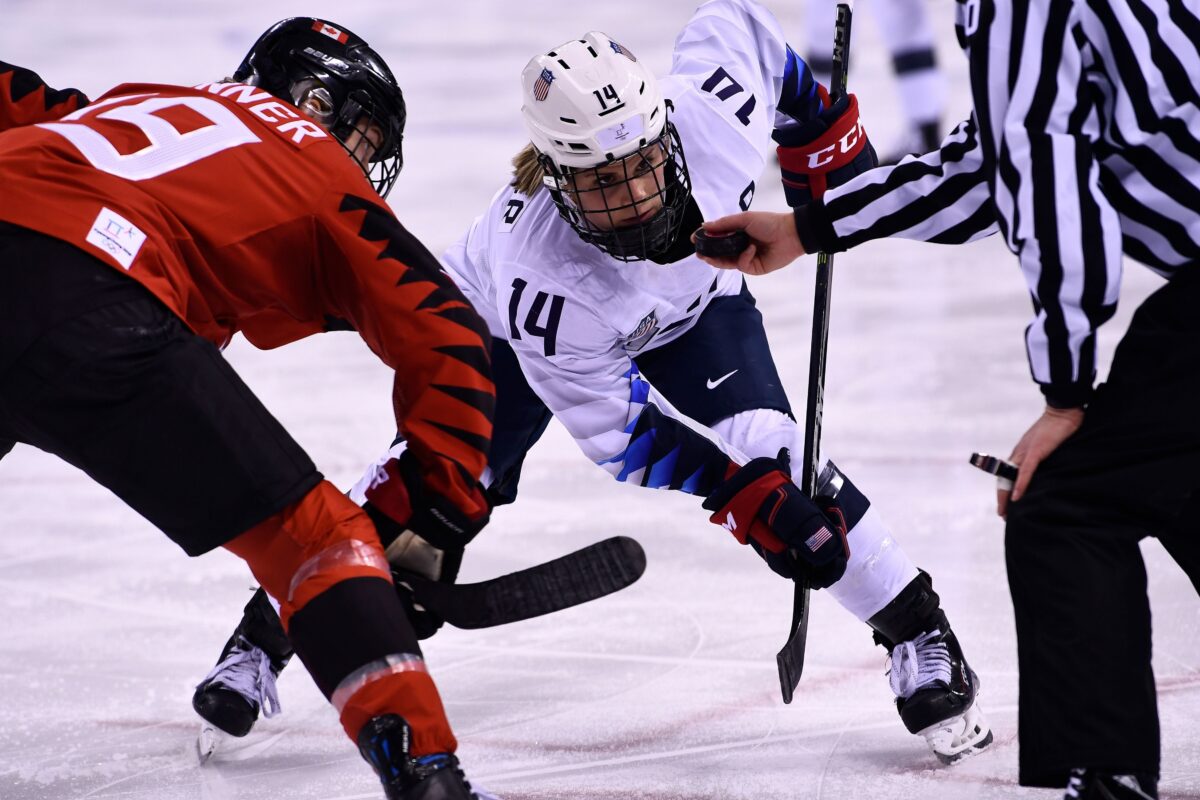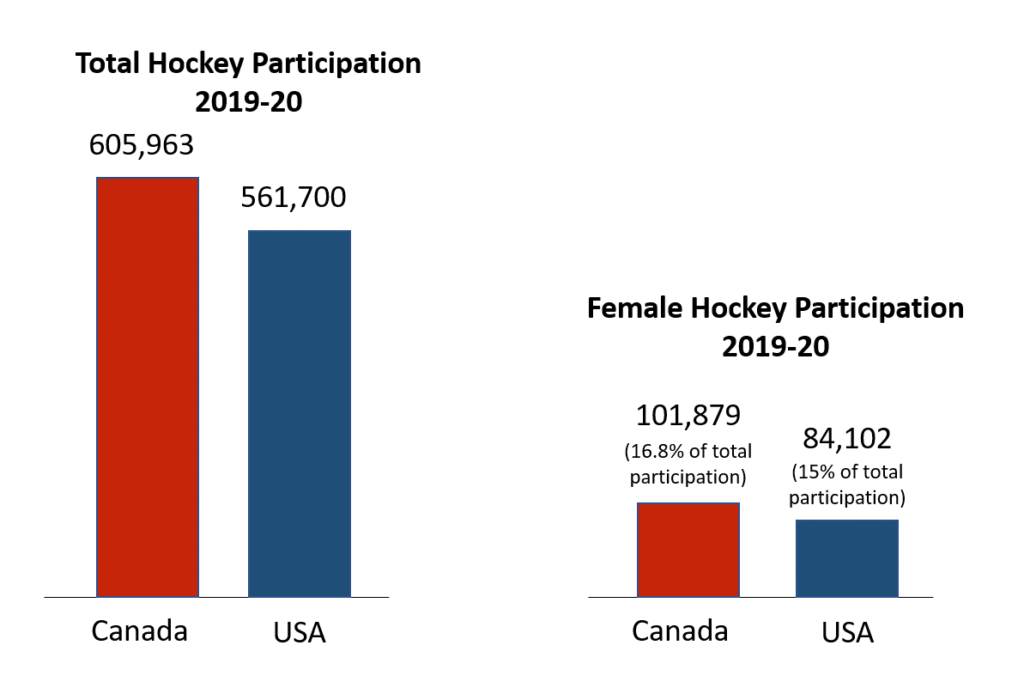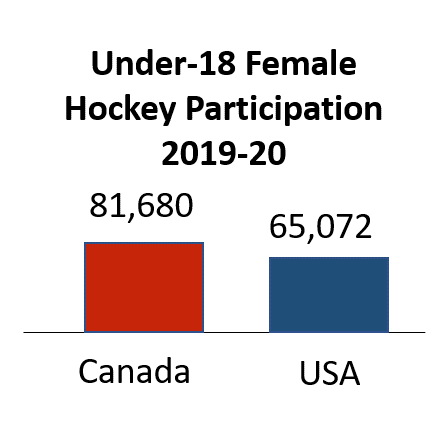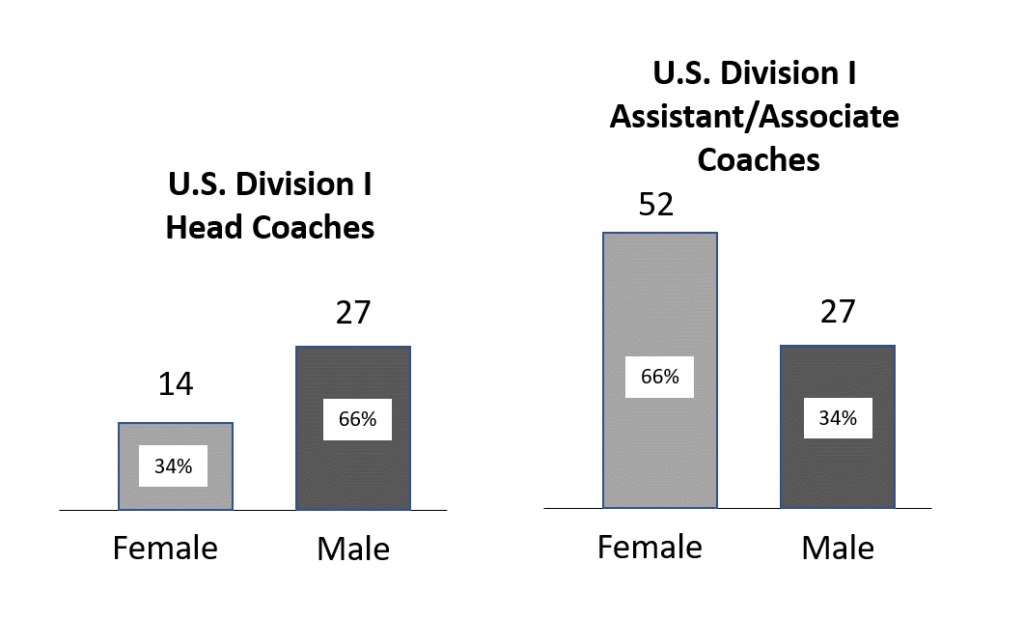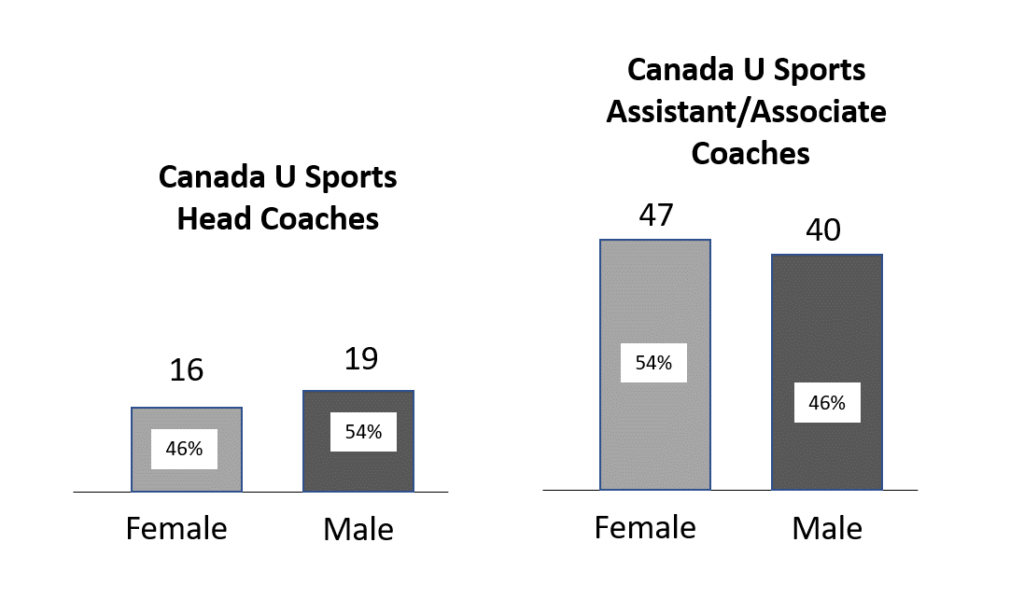2022 Girls Hockey Event Calendar
Here is a list of 2022 Girls Hockey Tournaments, Showcases, Development Camps and Summer Camps.
This is a partial list. Feel free to submit a new event using our Feedback Form.
| Organization | Event | Dates | Location | City | Ages |
|---|---|---|---|---|---|
| College Hockey Showcases | St. Louis Showcase | August 5-7, 2022 | Centene Community Ice Arena | St Louis, MO | 2003-2009 Birth Years |
| College Hockey Showcases | Sweden Girls High Performance Camp | July 18-29, 2022 | Nyköpings Arenor Rosvalla | Nyköping, Sweden | 2002-2009 Birth Years |
| NCD Camps | GIRLS NCD DEVELOPEMNT CAMP | July 25-27, 2022 | New England Sports Center | Marlborough, MA | 2023, '24, '25, '26 Grad Years |
| Premier Ice Prospects | SOUTHERN PROSPECTS CAMP | July 21-24, 2022 | Carolina Ice Palace | North Charleston, SC | 2010 - 2013 Birth Years |
| Premier Ice Prospects | 617 PIP SHOWCASE - BOSTON HARBOR STYLE | July 27-28, 2022 | The Edge Sports Center | Bedford, MA | 2023, '24, '25 Grad Years |
| Premier Ice Prospects | 702 PIP SHOWCASE - VEGAS STYLE | August 4-7, 2022 | City National Arena | Las Vegas, NV | 2005 - 2007 Birth Years |
| Premier Ice Prospects | 615 PIP SHOWCASE - MUSIC CITY STYLE | August 11-14, 2022 | Predators' Ford Ice Center | Bellevue, TN | 2008 - 2009 Birth Years |
| Premier Ice Prospects | Mrs. Hockey® Invite | January 13 - 16, 2023 | Ft Lauderdale, FL | 12U Girls - Tier 1 & Tier 2 | |
| Premier Ice Prospects | Labor Day Girls Fest | September 2-4, 2022 | TBD | 14U, 16U/17U and 19U Tier I (AAA)/Canadian AA | |
| Premier Ice Prospects | Roc City Girls Fest | November 4-6, 2022 | Rochester, NY | 19U through 10U Tier I (AAA), Tier II (AA), Tier III (A) | |
| Premier Ice Prospects | Burgh Thanksgiving Girls Fest | November 25-27, 2022 | Pittsburgh, PA | 19U through 10U Tier I (AAA), Tier II (AA), Tier III (A) | |
| Premier Ice Prospects | Smashville Girls Fest | November 25-27, 2022 | Nashville, TN | 19U through 10U Tier I (AAA), Tier II (AA), Tier III (A) | |
| Premier Ice Prospects | Erie White Out Weekend | December, 2022 | Erie, PA | 12U and 10U Tier I (AAA), Tier II (AA) | |
| RUSH Hockey | BEANTOWN CLASSIC | July 22-24, 2022 | New England Sports Center | Marlborough, MA | 2007 - 2012 Birth Years |
| RUSH Hockey | BEANTOWN CLASSIC | July 29-31, 2022 | New England Sports Center | Marlborough, MA | U19, College Elite |
| Showcase Hockey | 2022 International Cup | August 5-7, 2022 | Minnesota | Girls AAA (10U, 12U, 14U, 16U, 19U) | |
| Showcase Hockey | 2022 Easton Cup AAA Tournament | August 19-21, 2022 | Minnesota | Girls AAA (10U, 12U, 14U, 16U, 19U) | |
| Showcase Hockey | 2022 Summer Finale | August 26-28, 2022 | Minnesota | Girls AAA (8U, 10U, 12U, 14U, 16U, 19U) | |
| Showcase Hockey | 2022 Warrior Cup AAA | September 9-11, 2022 | Minnesota | Girls AAA (10U, 12U, 14U, 16U, 19U) | |
| 200x85 Tournaments | CCM WORLD INVITE BOYS/GIRLS DALLAS | October 8-10, 2022 | Dallas, TX | Tier 1 & 2 – G12U, G14U, G16U, G19U | |
| 200x85 Tournaments | CCM GIRLS WORLD INVITE DETROIT | November 11-13, 2022 | Detroit, MI | Tier 1 – G12U, G14U, G16U, G19U | |
| 200x85 Tournaments | CCM GIRLS WINDY CITY ELITE – CHICAGO | December 2-4, 2022 | Chicago, IL | Tier 1 – G12U, G14U, G16U, G19U | |
| 200x85 Tournaments | CCM Girls 68 (14U) | August 11-14, 2022 | Chicago, IL | 2008 Birthyear | |
| 200x85 Tournaments | CCM MLK Boston Invite | January 14-16, 2023 | Boston, MA | Tier 1 & 2 – G12U, G14U, G16U, G19U | |
| North American Female Elite Showcase | The Orion Top Prospects | June 16-19, 2022 | Blaine, MN | 2005 - 2010 Birth Years | |
| North American Female Elite Showcase | The Orion Young Stars | August 4-7, 2022 | Boston, MA | 2011 & 2012 | |
| National Girls Hockey League | Dawg Daze of Summer | August 26-28, 2022 | Northford, CT | Tier I 12U, 14U, 16U, 19U | |
| National Girls Hockey League | Labor Day Challenge | September 3-5, 2022 | Cromwell, CT | Tier II - 12U, 14U, 16U, 19U | |
| National Girls Hockey League | Columbus Day Showcase | October 8-10, 2022 | Pittsburgh, PA | Tier II - 14U, 16U, 19U | |
| National Girls Hockey League | Fall Classic, Futures West | October 8-10, 2022 | Omaha, NE | 10U, 12U | |
| National Girls Hockey League | Fall Classic | October 14-16, 2022 | Rochester, NY | Tier I 14U, 16U, 19U | |
| National Girls Hockey League | Fall Classic, Futures | November 11-13, 2022 | Tewksbury, MA | 10U/12U | |
| National Girls Hockey League | Mile High Invitational | November 25-27, 2022 | Denver, CO | Tier II - 14U, 16U, 19U | |
| National Girls Hockey League | NGHL Jamboree | December 2-3, 2022 | Delmont, PA | 8U/10U | |
| National Girls Hockey League | NGHL Winter Classic | Dec 30-Jan 2, 2023 | Seattle, WA | 10U, 12U | |
| National Girls Hockey League | NGHL Winter Classic | January 6-8, 2023 | Monmouth Jctn, NJ | 10U/12U | |
| National Girls Hockey League | MLK Winter Classic | January 14-16, 2023 | Hingham, Mass | Tier I 14U, 16U, 19U | |
| National Girls Hockey League | MLK Winter Classic | January 14-16, 2023 | Haverhill & Tewksbury, Mass | Tier II - 14U, 16U, 19U | |
| National Girls Hockey League | Red Cup | February 3-5, 2023 | Denver, CO | Tier I 14U, 16U, 19U Members only event | |
| National Girls Hockey League | NGHL Futures Championships | February 11-12, 2023 | Raleigh, North Carolina | 10U/12U | |
| National Girls Hockey League | Blue Cup | February 18-20, 2023 | St. Louis, MO | Tier II - 14U, 16U, 19U |

